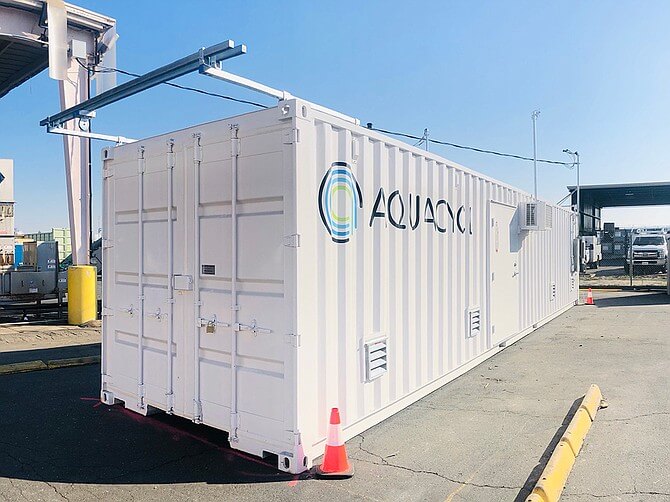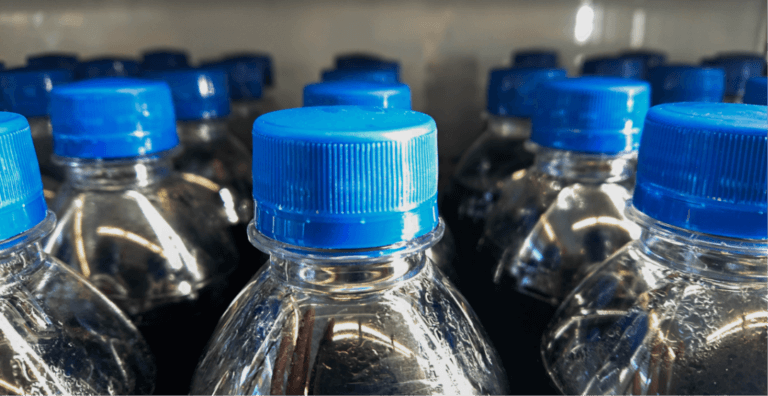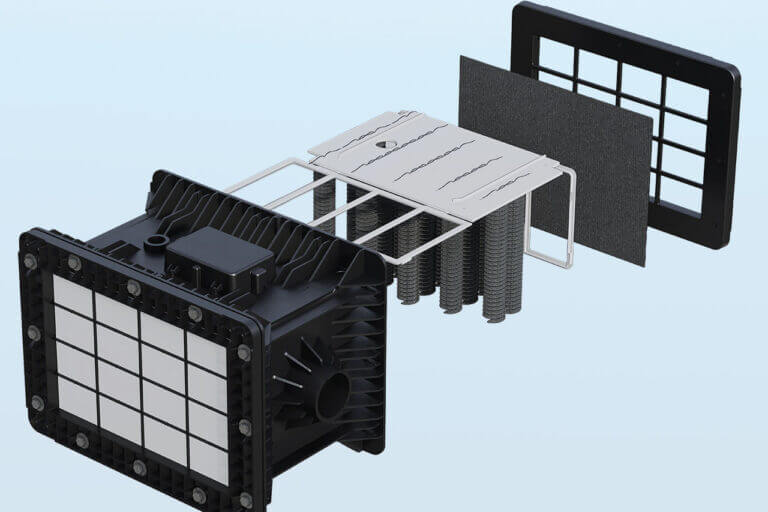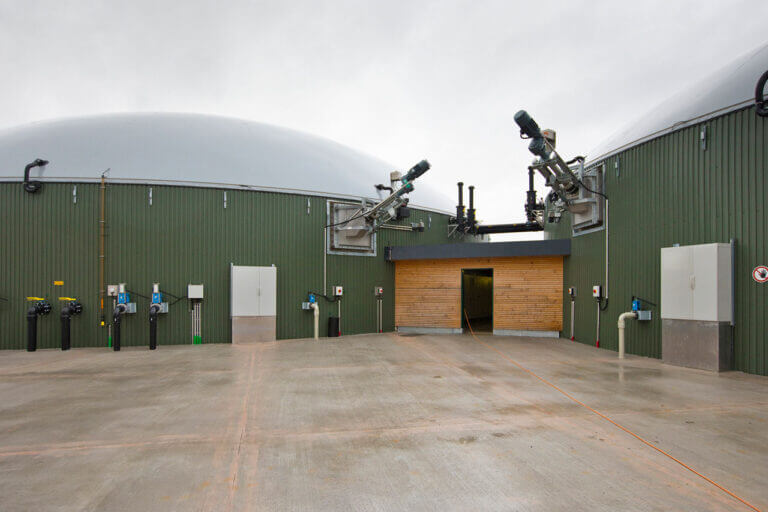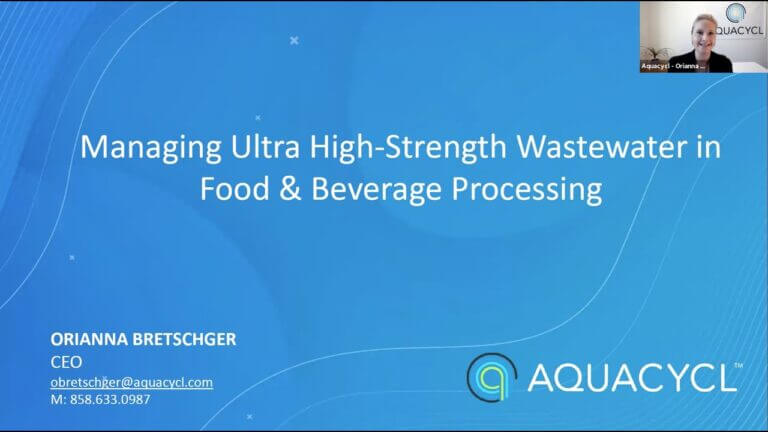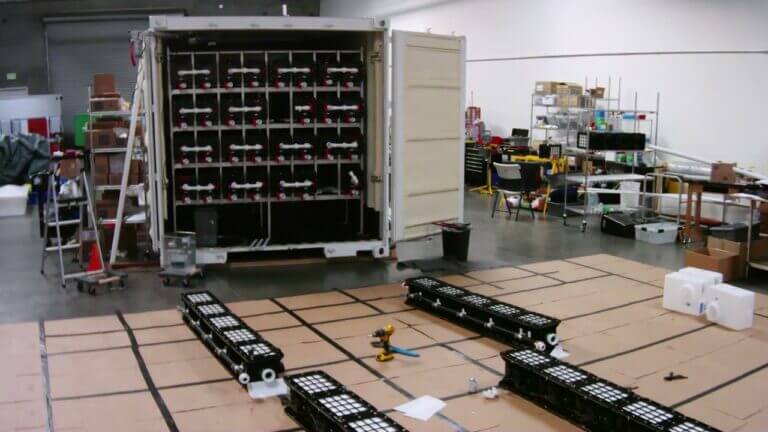The process of segregating flows for efficient, point-source treatment of wastewater can yield significant benefits for your facility, including cost savings, energy reductions, and decreased greenhouse gas emissions. Though it may seem daunting, implementing this process into your operations is easier than you might think—you may already be doing it!
This series of blogs will help you maximize the benefits of flow segregation and build a compelling business case for its implementation in your production facility. We’ll start by discussing how to easily implement flow segregation. If you’d like more background on the topic and a high-level overview of segregating flows, check out this blog, which serves as a great introduction to flow segregation.
Now, let’s dive in to how you can implement flow segregation based on your facility’s current setup and manufacturing processes, allowing you to work smarter, not harder, to reap its benefits. The concept is to capture and maintain separation of process water discharge so that it can be treated at, or near, where it is generated. This enables wastewater treatment equipment to address smaller, predictable volumes and concentrations instead of large volumes with variable concentrations. There are three simple ways to do this depending on your current manufacturing processes.
Flow Segregation by Location
The first option to implement flow segregation is locating the areas in production that have the highest concentration of pollutants in the process water. Based on your facility’s functionality, different wastewater flows may be generated at different parts of your production line. Identifying where these flows are generated and setting up collection tanks, basins or isolated piping at those locations is the simplest way to capture and segregate from the centralized flow collection or sump pit in the facility.
For example, a beverage bottling facility may have separate production areas: a mixing and blending zone where wastewater is generated by cleaning the mixing tanks between batches, a bottling area where wastewater is produced from cleaning the bottles, and a crusher where wastewater is generated from the disposal of expired products.
Instead of allowing all of these flows to combine in one wastewater collection tank, create diversion points or isolated collection areas at each location where the wastewater can be segregated and moved to specialized treatment before combining with the full flow. This gives the facility more predictability over wastewater treatment of the segregated streams than the full flow, which improves the efficiency of all downstream processes.
Of course, isolating process water at the exact point of generation may not be practical. There are operational manufacturing facilities that are, let’s say, vintage. In older facilities it may be difficult to isolate at the point of wastewater generation or trace underground plumbing lines; and flows may only be traced to a single sump.
In these cases, it is still possible to divert streams based on pollutant concentrations by adding inline sensors to measure BRIX (sugar) or chemical oxygen demand (COD) in the collection sump. These measurements happen in real time and logic controls can be integrated to trigger a sump pump transfer of wastewater to an independent collection tank outside of the facility when BRIX or COD readings exceed a given threshold (e.g. COD > 1,500 mg/L). This is a relatively simple and inexpensive method of segregating high pollutant waste streams for pretreatment.
Benefits of Flow Segregation by Location:
- Water Efficiency: Segregating flows by process or location can help you identify portions of production where you can implement more efficient water use. This also helps to optimize flows that can be treated for reuse in your facility.
- Cost Savings: Reducing the load on primary treatment systems through targeted pollutant removal; and focusing on low-cost, pre-treatment methods for different types of process discharge can lower overall treatment costs and chemical needs.
- Identify Production Inefficiencies: Treating wastewater directly from a few key areas of production helps you identify production inefficiencies or problems that may be occurring based on the pollutants found in the wastewater (i.e. too much product entering the waste stream during bottling).
Flow Segregation by Timing
A second method you could consider to implement flow segregation at your facility is based on production and cleaning cycling timing. Based on your current manufacturing processes, you may be generating different concentrations of pollutants in the water at specific and predictable times the day. By collecting these flows at the time of generation, and isolating them for low-cost pretreatment when they occur instead of waiting for the full volume to accumulate, you can segregate the streams and treat smaller volumes more effectively. This can be achieved by integrating automation to divert the flow to separate wastewater collection tanks based on production or cleaning cycle timing.
An example of this would be a dairy processing facility that produces a variety of products including milk, cheese, yogurt, and butter. The facility operates in batch processes for each product, with clean in place (CIP) and sanitizing cycles occurring between batches to ensure hygiene and quality standards.
Collecting the wastewater that occurs during the dairy processing and CIP rinses separately allows the facility to effectively manage and treat wastewater streams that vary in composition throughout the day. Collecting and treating wastewater based on timing allows for the continuous operation of production and a logic-controlled method linked to internal SCADA processes that will automatically divert process flows to optimized treatment methods.
Benefits of Flow Segregation Based on Timing
- Optimized Capacity: Logic-controlled flow segregation based on production schedules ensures that each type of wastewater is treated within the capacity limits of the treatment units, reducing the likelihood of backups or failures that could ultimately disrupt production.
- Operational Flexibility: Allows for easier adjustment to changes in production schedules or introduction of new products, as the system can be reprogrammed to handle different wastewater generation times.
- Improved Compliance: Timed flow segregation facilitates easier monitoring and compliance testing against environmental regulations with precise tracking and treatment of different wastewater streams.
Flow Segregation of Treatment Byproducts
A third way to reduce costs at your facility is by addressing the byproducts generated from your existing wastewater treatment infrastructure through flow segregation.
Many large manufacturing facilities already have some treatment system in place such as anaerobic digestion and/or activated sludge systems. You can utilize flow segregation to manage and treat byproducts produced by onsite systems, including wasted activated sludge (WAS) or digestate, rather than hauling these streams offsite or discharging them to utility. This reduces disposal costs and enhances environmental sustainability.
An example of this would be a snack food manufacturing facility that uses an anaerobic digester to treat wastewater onsite. The digestate from the anaerobic digestor may be sent for land application or landfill disposal at an incurred cost and risk. By implementing treatment of these segregated flows, the facility can reduce treatment byproducts and eliminate the need for hauling.
This method maximizes the use of current setups to ensure that each type of byproduct is handled and treated appropriately, promoting efficient and cost-effective wastewater management.
Benefits of Treating Byproducts:
- Eliminate Offsite Hauling: This reduces the reputational and environmental risks of the facility as spills are always a factor when it comes to hauling, as well as reduction of transportation emissions and hauling costs.
- Maintenance and Optimization: Treating the byproducts from onsite treatment systems helps identify maintenance needs or inefficient systems based on composition and amount of byproducts.
- Improved Water Reuse Quality: Following existing onsite treatment systems with post-treatment can help you achieve water reuse quality for reuse in non-potable processes such as cooling towers and lawn irrigation.
A combination of these may be best for your facility to gain the most benefits from flow segregation. Evaluating current manufacturing practices and facility setup will help you determine the best method for your facility.
Treating the Segregated Flows
Now that you have found the simplest way to implement flow segregation, you need a straightforward solution to treat these segregated flows. Aquacycl provides an onsite treatment system adept at treating at the point source, allowing you to treat the flows directly where they occur.
Our modular system is designed to handle high-strength byproducts, production variability, and small, concentrated volumes, making it ideal for any flow segregation scenario you have. We help you maximize the benefits of flow segregation by providing treatment as a service, with 24/7 remote monitoring and control, low greenhouse gas emissions, and energy requirements, and no CAPEX investment.
Schedule a consultation and we can help determine the best way to segregate your flows so you can get the most out of your wastewater.



